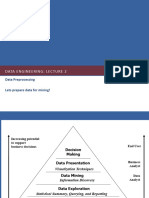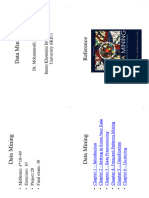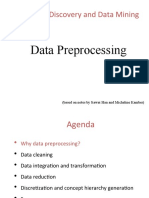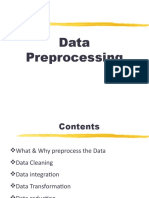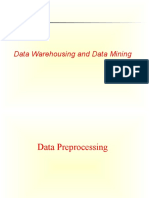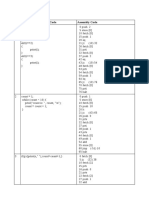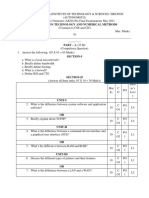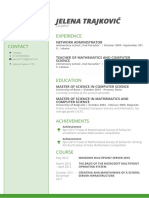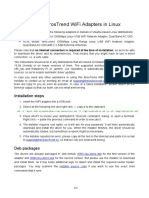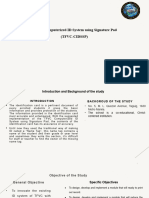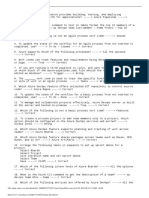0% found this document useful (0 votes)
81 views4 pagesData Mining Notes: 7 Semester. CS 1435: Syllabus
This document contains notes on data mining concepts including:
1) Structured, semi-structured, and unstructured data types. Statistics, hypothesis testing, and null/alternative hypotheses are discussed.
2) Key steps in the data mining process are covered including data cleaning, transformation, discretization, and integration techniques.
3) Classification algorithms such as decision trees, ID3, C4.5 and CART are summarized. Concepts like entropy are introduced.
4) Assignments are outlined applying binning, data cleaning tools, and decision trees to sample datasets.
Uploaded by
exe37 eatlerCopyright
© © All Rights Reserved
We take content rights seriously. If you suspect this is your content, claim it here.
Available Formats
Download as DOCX, PDF, TXT or read online on Scribd
0% found this document useful (0 votes)
81 views4 pagesData Mining Notes: 7 Semester. CS 1435: Syllabus
This document contains notes on data mining concepts including:
1) Structured, semi-structured, and unstructured data types. Statistics, hypothesis testing, and null/alternative hypotheses are discussed.
2) Key steps in the data mining process are covered including data cleaning, transformation, discretization, and integration techniques.
3) Classification algorithms such as decision trees, ID3, C4.5 and CART are summarized. Concepts like entropy are introduced.
4) Assignments are outlined applying binning, data cleaning tools, and decision trees to sample datasets.
Uploaded by
exe37 eatlerCopyright
© © All Rights Reserved
We take content rights seriously. If you suspect this is your content, claim it here.
Available Formats
Download as DOCX, PDF, TXT or read online on Scribd
/ 4











